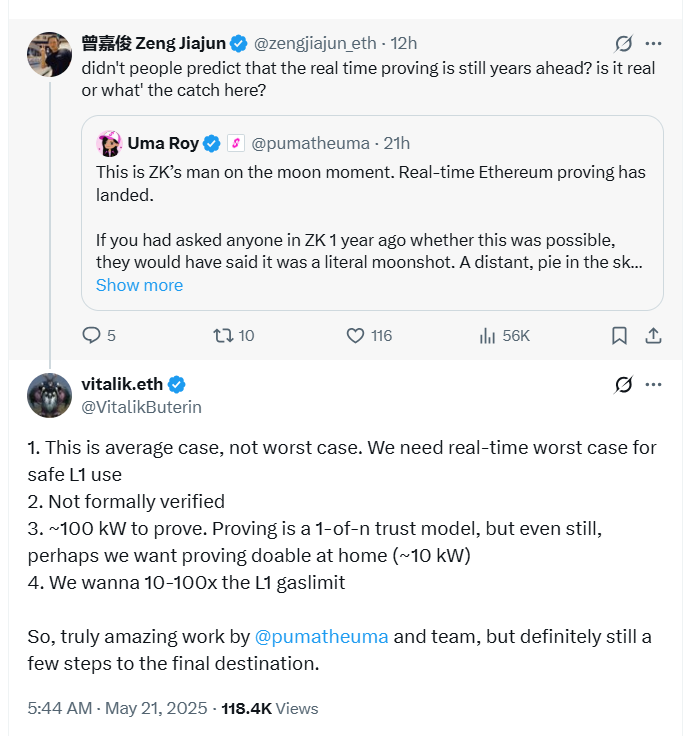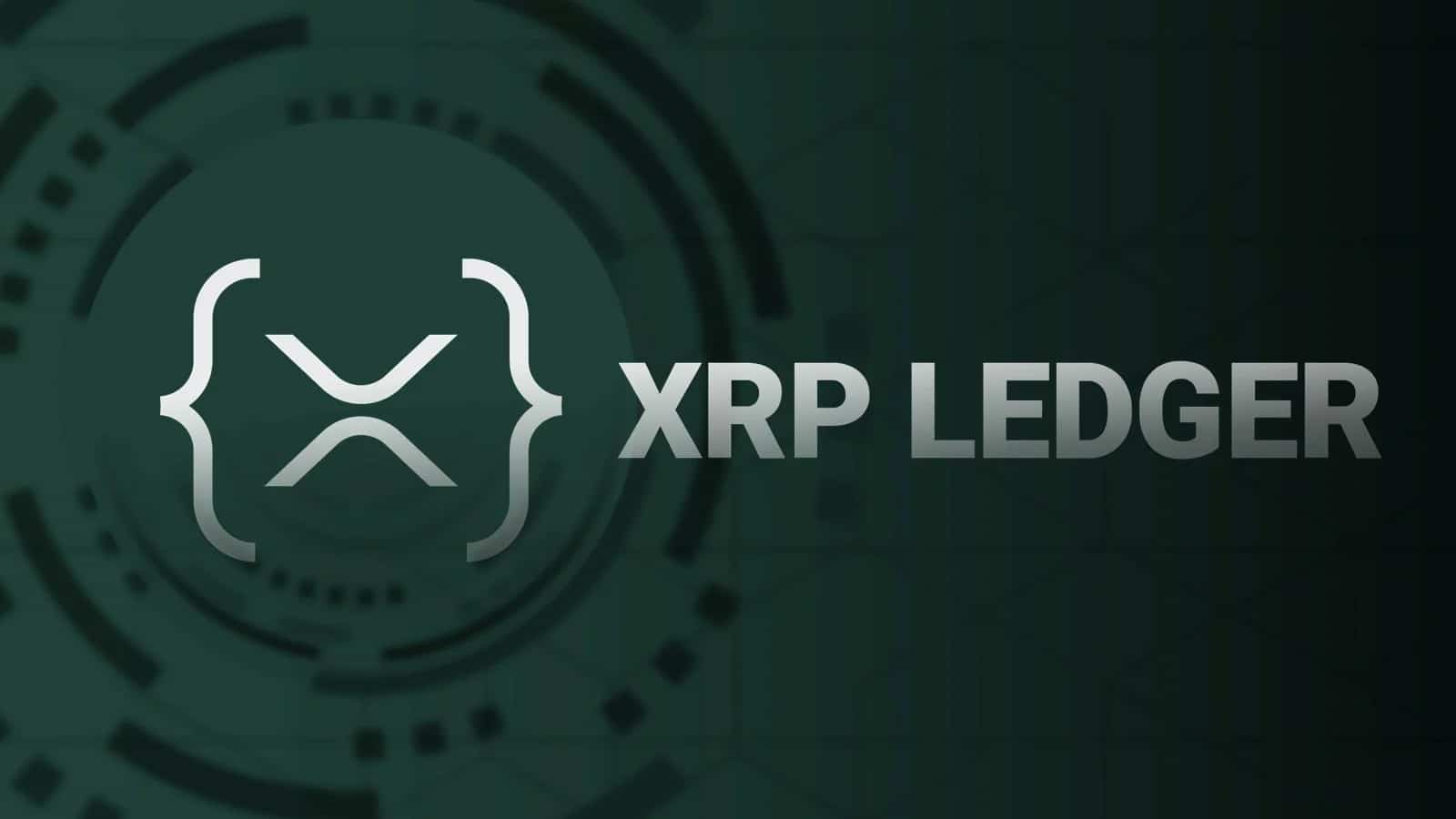ARTICLE AD BOX

- Vitalik Buterin has pointed out the essential principles for L1 to achieve safety and reliability.
- Ethereum continues to see consistent improvements as it fights to remain one of the world’s leading digital assets.
Ethereum co-founder Vitalik Buterin recently highlighted essential principles for a successful Layer-1 (L1) blockchain. Success, according to Buterin, means a Layer-1 blockchain that is truly decentralized, secured, and sustainable.
The Four Key Characteristics for Scalable L1 Chains
Vitalik Buterin’s discussion emphasizes that Ethereum (ETH) and other L1 networks still face several technical obstacles limiting real-time scalability at the user level. This is despite their recognition in providing real-time zero-knowledge (ZK) proof generation.
 Image Source: Vitalik Buterin on X
Image Source: Vitalik Buterin on XThe first point listed by Buterin delves into the importance of measuring real-world blockchain performance under both average and extreme circumstances. Buterin noted that Proof systems must continue functioning optimally under pressure for L1 like Ethereum to grow responsibly.
To the Ethereum founder, real-time proofing is meaningful when it can withstand extreme situations like abrupt increases in user activity or unforeseen on-chain congestion.
The second principle Buterin listed is that existing proofing systems are not formally verified. Without explicit mathematical guarantees, trust in these systems is opaque rather than deterministic, an unacceptable level of security for L1. Hence, Buterin argues that strict real-time proofing is deemed production-ready only when cryptographic guarantees are in place.
Buterin further pointed out that ZK-proof generation requires too much energy, approximately 100 kW. The Ethereum co-founder imagines a future where blockchain users can produce proofs at home using a 10 kW setup.
Notably, this perspective aligns with the long-term objective of the Ethereum blockchain. The blockchain seeks to democratize infrastructure while ensuring large server farms are not required for network validation.
Finally, Buterin highlighted that the Ethereum network aims to ensure the 100x L1 gas limit, which gauges the amount of activity the network can support in a single block. It is important to note that Ethereum can only achieve these results if it solves the issues related to energy and performance.
Buterin Wants More from Ethereum
The latest discussion about ensuring the success of the L1 blockchain reinforces Buterin’s commitment to the crypto space. Buterin has consistently unveiled several developments to ensure the Ethereum network is at the top of its game.
In a previous article, we discussed that Buterin released a 2025 roadmap for Ethereum, focusing on interoperability, scalability, and enhanced user experience. He also discussed updates like the Pectra upgrade, VDF integration, and cross-chain bridge development.
Earlier this month, Buterin identified some key factors stopping the growth of the Ethereum network. At the same time, he unveiled a blueprint to solve these complexities, as noted in our earlier post. Buterin envisions Ethereum to become easier to understand and more resilient, qualities that have helped Bitcoin remain at the top.
Furthermore, Buterin recently introduced a proposal to replace the Ethereum Virtual Machine (EVM) with the RISC-V instruction set architecture. According to Vitalik Buterin, this will enhance the network’s efficiency and scalability and address long-standing challenges in the Ethereum execution layer.
In April, the Ethereum co-founder published a roadmap to improve L1 privacy. The roadmap covers four key areas: privacy of on-chain payments, network-level anonymization, privacy of reads to the chain, and partial anonymization of on-chain activity inside applications.
.png)
 6 hours ago
2
6 hours ago
2








 English (US)
English (US)